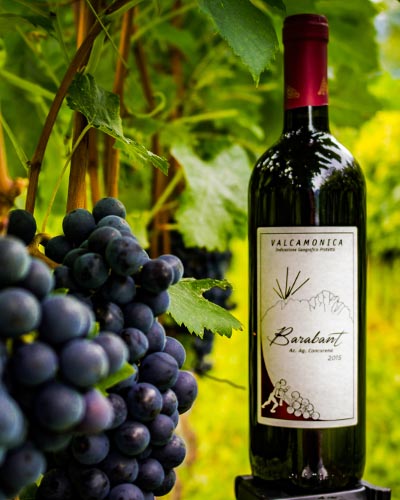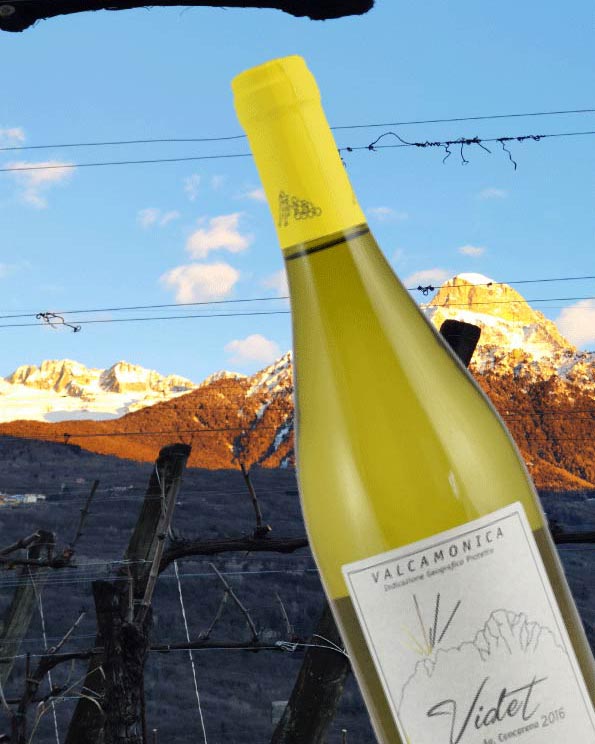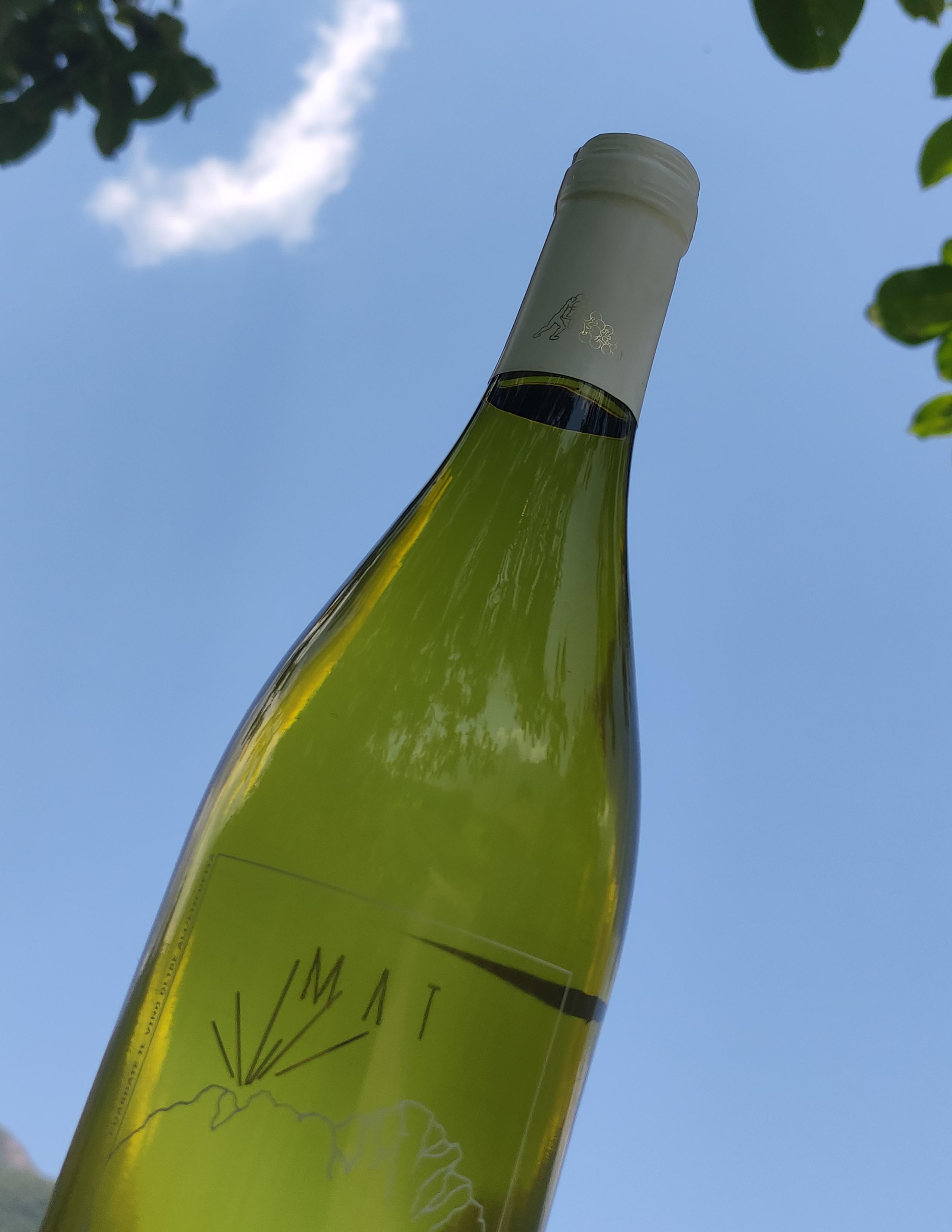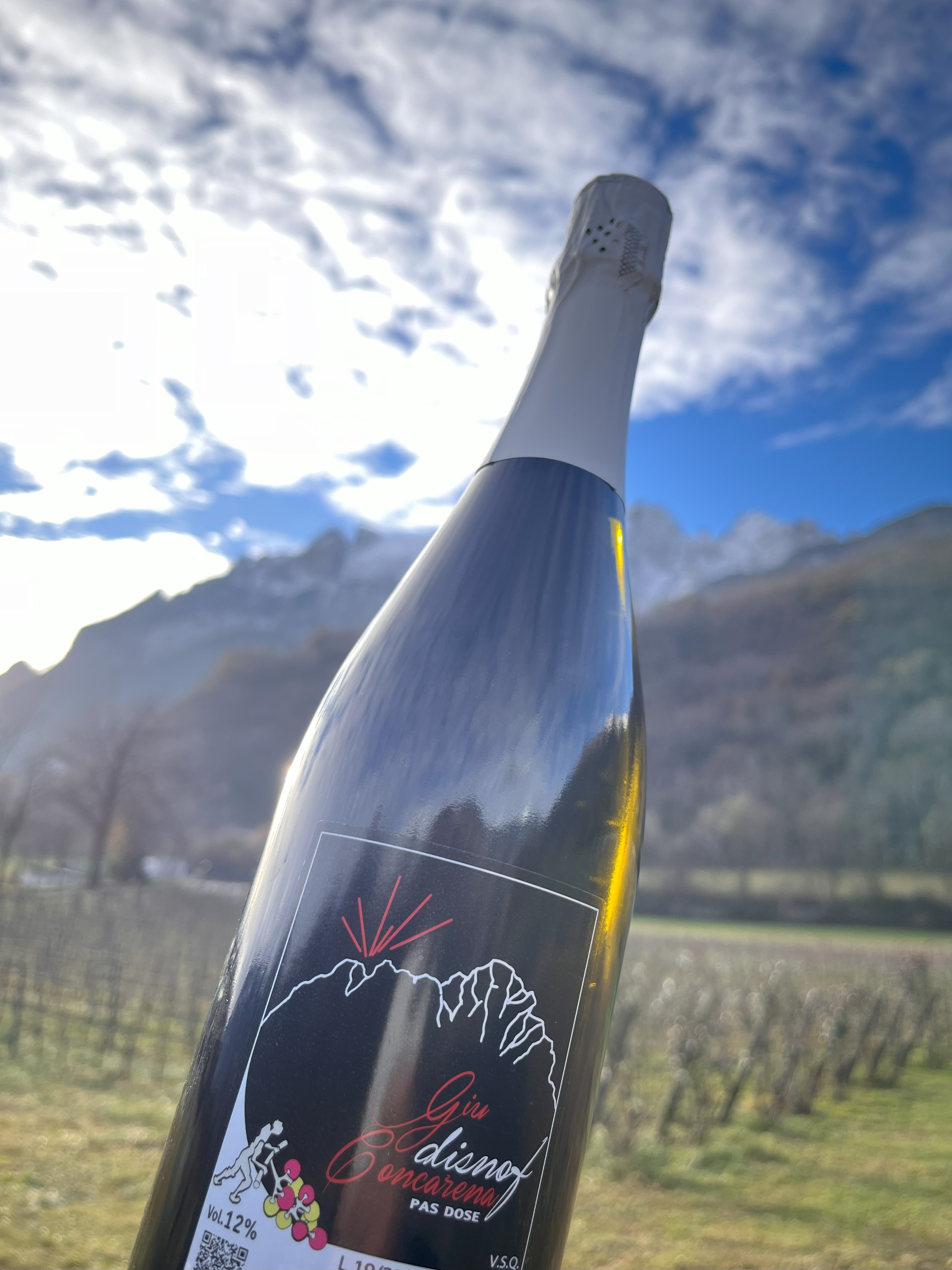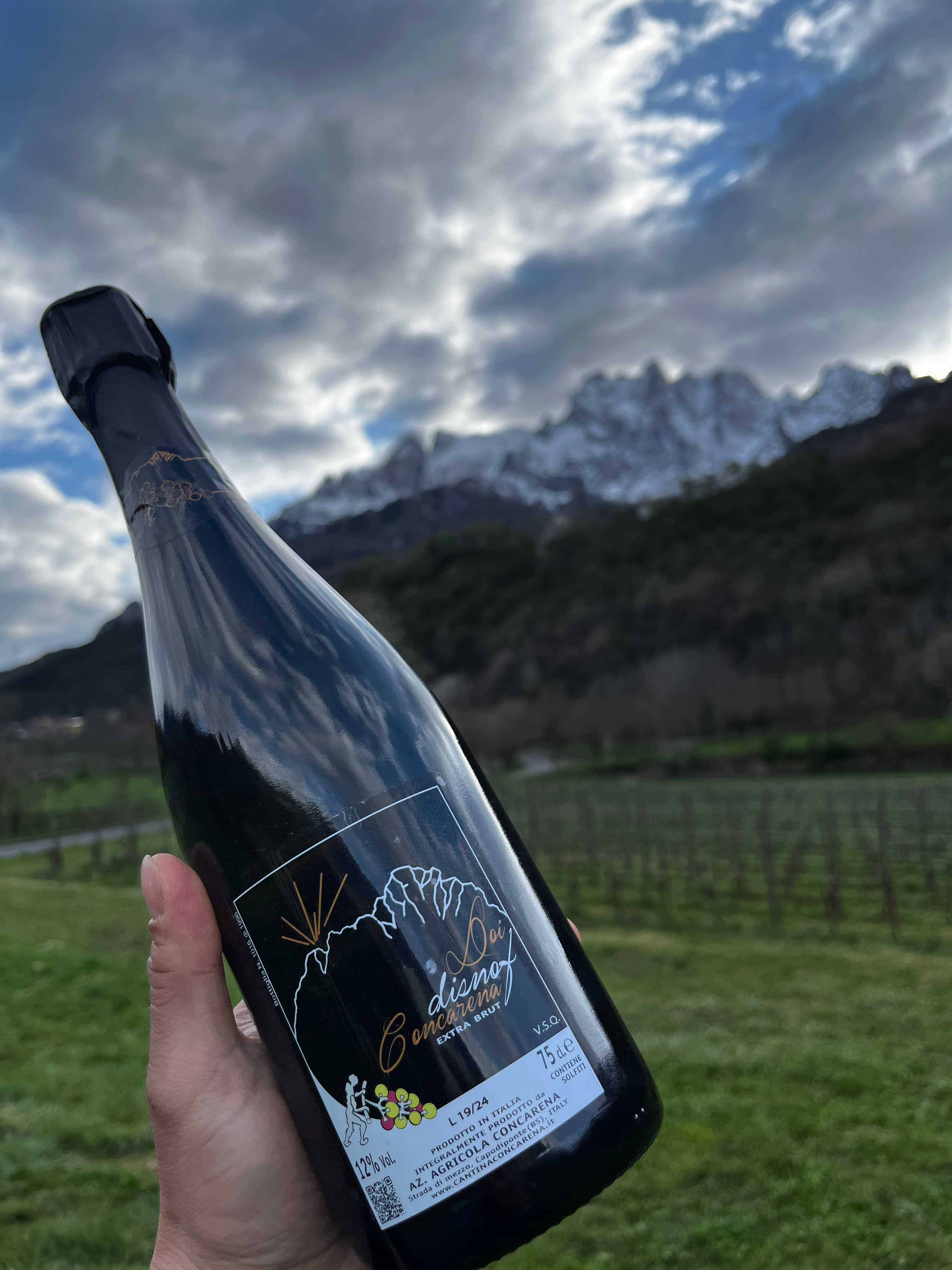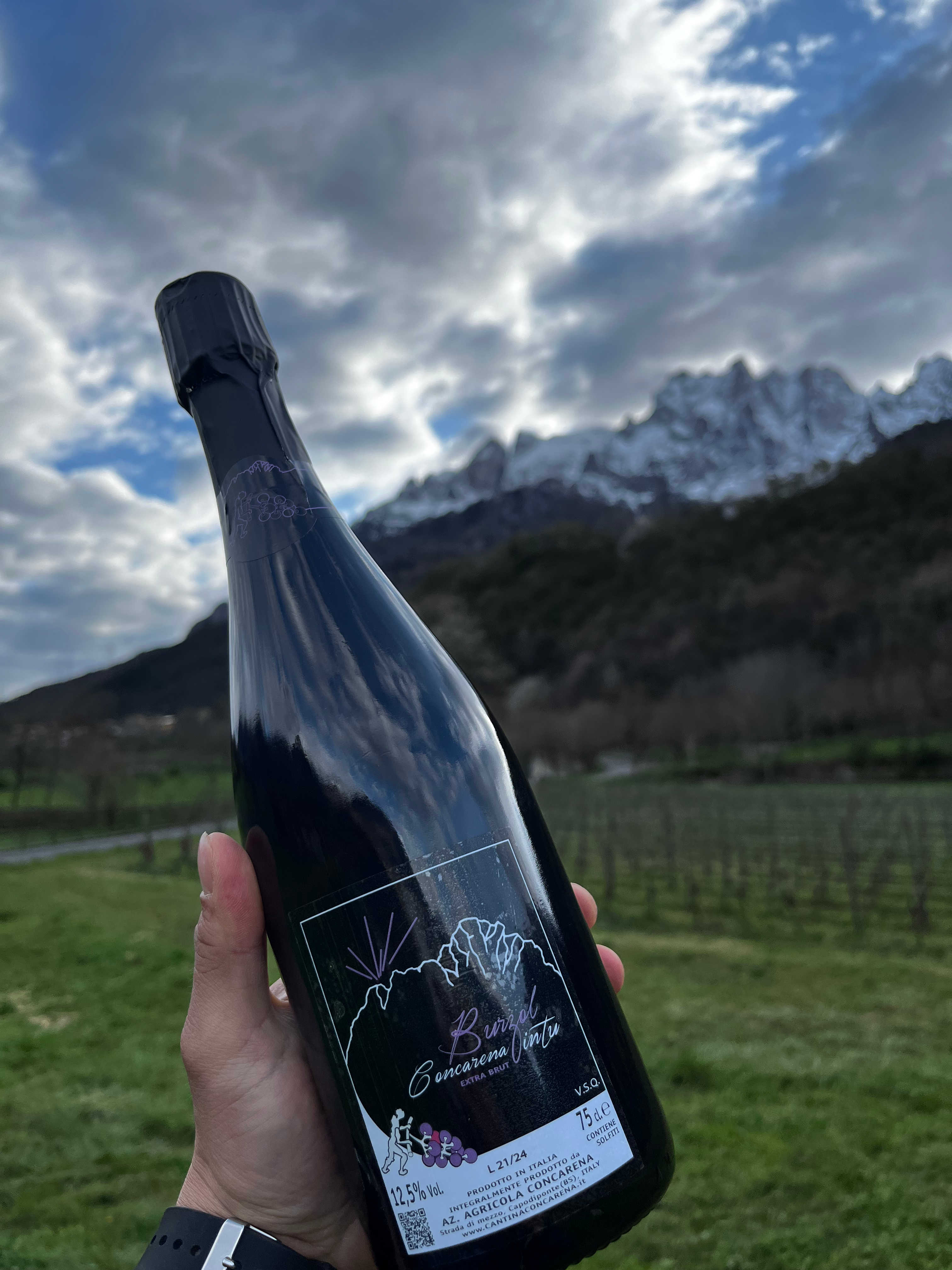VINEYARDS AND CELLAR:
Here is our story – it speaks of vineyards, land, passion, and wine:

Mount Concarena..
..is the mountain that gives its name and stands as the symbol of our company. It marks the place where we cultivate our grapes. Its alluvial fans form the soil that gives life to our wines. All our vineyards are here, between the villages of Cemmo and Ono San Pietro. So is our cellar.

THE VINEYARDS..
..are all located on the northernmost alluvial fan of Mount Concarena in Vallecamonica. The vineyards are on the 'sunny' side, the first to receive the morning light. Here the soil is rocky, characterized by limestone, gypsum deposits, and marl. In the northernmost fan, there is also slate and tuff. The climate is cold in winter, mild in summer. In autumn, strong day-night temperature swings occur. Alongside the soil, the climate is the second element that makes our wines unique.

Our work..
..is primarily about understanding the vineyard, the land, and the climate through our actions. Agronomic practices become adaptive year by year, depending on and respecting the vintage. Each year is different, every vintage unique. It is the result of the climate, the plants’ response to it, and our ability to understand that balance and express it in our WINES.

The VIDET grapes..
..are Riesling Renano. A grape variety that loves the cold and extreme temperature shifts. Its charm lies in elegance, minerality, and longevity. It’s surprising how it reaches its peak expression in the late-season cold, and how it can wait and ripen on the vine well beyond classic white varieties. It often develops noble rot, at least partially. This feature makes it unique, long-lived, and increasingly fascinating over time.

The harvest period..
..varies depending on the vintage. Generally speaking, in Vallecamonica—especially at our latitude—harvest happens late. Grapes ripen slowly on the vine, and each extra day of ripening enriches them. Due to the marked thermal excursions typical of our area, three key elements always characterize our wines: freshness, depth, and aromas. Freshness remains despite full grape ripeness; we harvest a mature, aromatically expressive fruit. The aromas fix themselves in the berry without fading. As for depth—it remains a mystery to us. We don’t know how or where it originates, but we are delighted when we find it in our wines.

The cellar..
..where we vinify all our grapes. This is the most delicate phase: expressing the uniqueness of the land and the vintage in a wine that is a direct reflection of both, without alteration or manipulation. Here ONLY our grapes and ALL our grapes become our wines. And if there’s hail—so be it. We accept making less wine, period. That way we can produce wines that are completely transparent in terms of the organoleptic qualities of what we believe wine should be: a fermented fruit (grape) that expresses as best as possible who grew it, where, and how.

Our wines..
..are the result of everything we’ve described so far: climate, land, grape varieties, work, passion, and understanding. It’s hard to explain them all at once—every vintage has its own story. We prefer to describe them year by year, wine by wine.









